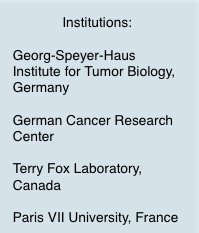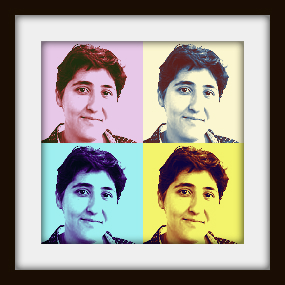The Battle Behind the Scenes
How Hind Medyouf, a former long-term fellow with the Human Frontier Research Program and a current ERC awardee, is heading cancer off at the pass, one pathway at a time
Hind Medyouf has worked extensively on the biology of a childhood cancer called T-ALL (pediatric T cell acute lymphoblastic leukemia), both during her PhD research at the Institut Curie (France) and as an HFSP fellow at the Terry Fox Laboratory (Canada). She showed that calcineurin inhibitors could block the development of lymphoid malignancies and show promise as a potential treatment. Hind then found a vulnerability in the signaling pathway of a growth factor necessary to support the spread of blood cancer cells.
˜
Hind then moved to the German Cancer Research Center in Heidelberg, Germany, where she focused on the biology of a group of syndromes, called myelodysplastic syndromes (MDS), that mostly affect the ability of hematopoietic stem cells from elderly people to produce mature blood cells. Hind discovered that diseased MDS stem cells were highly dependent on other cells called mesenchymal stromal cells that provide them with a “fertile soil” that supports their growth. She used this knowledge to develop a unique mouse model in which patient-derived MDS cells were co-injected with mesenchymal stromal cells.
˜
Recently, Hind has established her own research group at the Institute of Tumor Biology and Experimental Therapy, Georg-Speyer-Haus (Frankfurt, Germany) where she continues to study the biological mechanisms leading to the evolution of myelodyplastic syndromes (MDS) towards leukemia. She currently uses her previously established model to interrogate new methods to interfere with the growth of malignant cells.
˜
You can read one of Hind’s articles here
Find more information on Dr Medyouf’s lab here
˜
Have you got a question for Dr Hind Medyouf?
Submit your audio question below to help people get to know one of the trailblazers in cancer research.




